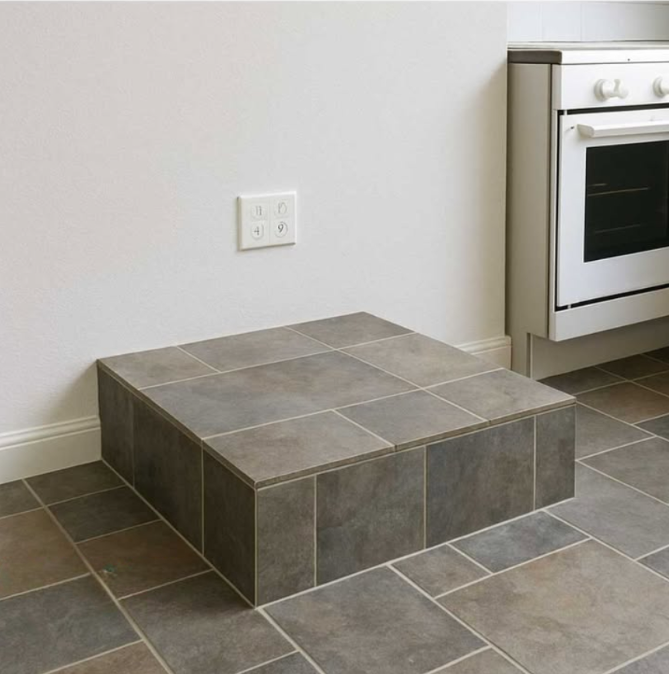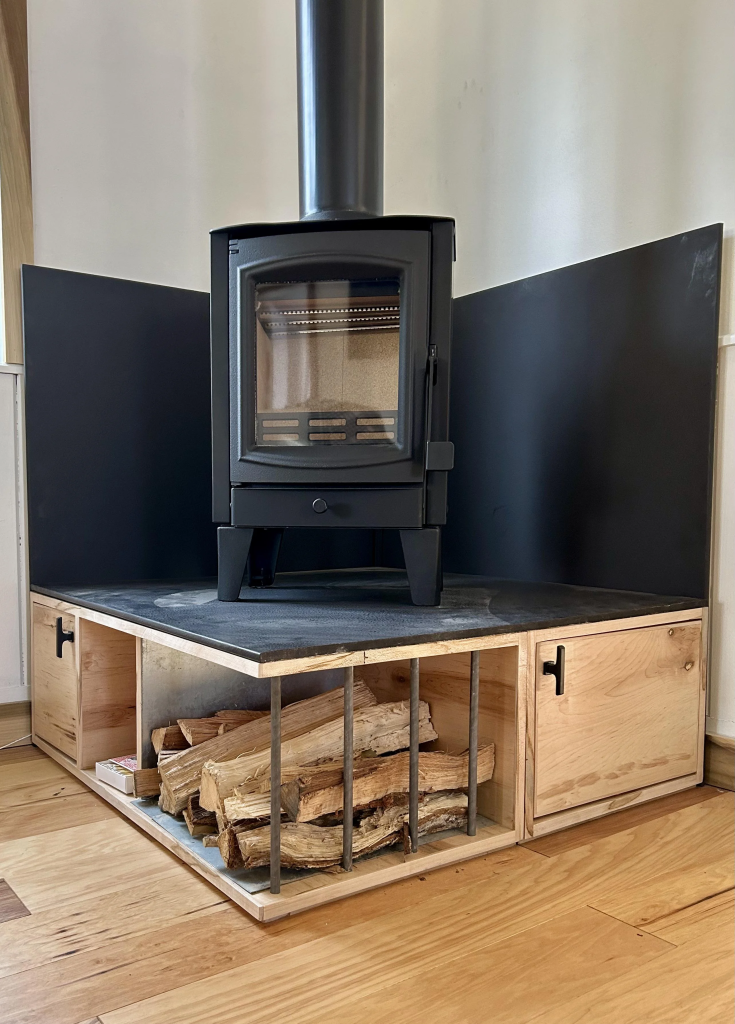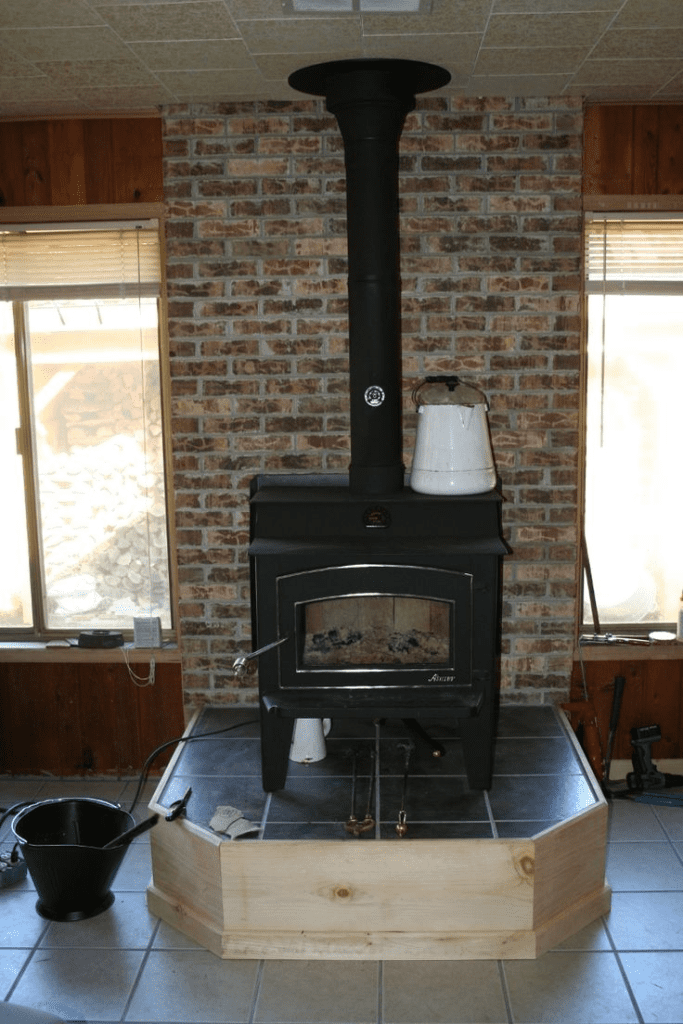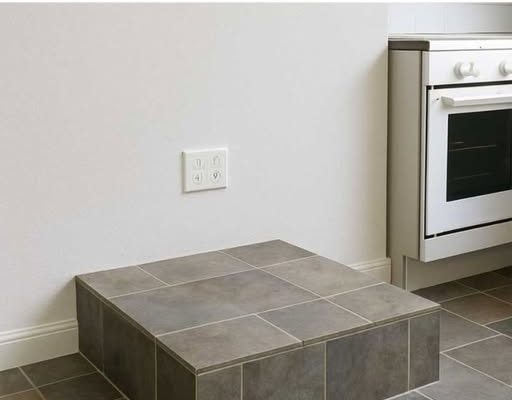What’s That Raised Platform in the Corner? You’re Not Alone in Wondering
Ever walked into a room—maybe your basement, den, or living room—and spotted an odd little elevated section of the floor? You’re not alone. Homeowners all over the world have asked the same thing: What’s this step-up for, and why does it exist?
It might seem random at first, especially if it’s not immediately being used. But that elevated piece actually has some fascinating roots, both functional and historical. Whether it’s a leftover from a different era or an intentional design element, it serves more purpose than you might think.

A Quirky Mystery That Leaves People Guessing
The moment I spotted one in my own home, I was puzzled. It didn’t look like a modern design choice, and it wasn’t part of any seating or storage area. I assumed it had to be a construction error or some leftover from a past renovation.
That assumption? Totally off.
Turns out, elevated platforms are often intentional and purposeful. They might seem odd now, but they were once essential in home design—especially when it came to heating, safety, or even architectural tradition.
Back in the Day: A Bit of Historical Background
If you live in a home built before the 1950s, there’s a good chance your elevated platform once supported a wood-burning or coal stove. These platforms were designed to raise the stove above the floor, not only for safety but also for better heat circulation.
In colder climates, it made a huge difference. Elevating the heat source kept the floors from catching fire and allowed warmth to spread throughout the room more efficiently. Pretty smart, right?
Video : How to Build a Wood Stove Hearth – Framing a Hearth
But it wasn’t just about function. In some older homes, raised areas were also used to designate ceremonial or sacred space, especially in homes influenced by Eastern or European traditions. So yes, that little bump in your floor might have a story to tell.
Why Stoves Love Being on a Pedestal
Nowadays, platforms are still commonly used for wood and pellet stove installations. They provide a sturdy, non-flammable base, protect floors from heat damage, and help meet building codes.
Think about it: a stove weighs hundreds of pounds and generates intense heat. Having it sit directly on wood flooring? Bad idea. That’s why platforms made of tile, concrete, or firebrick are essential.
They’re not just about structure either. Elevating the stove boosts airflow around the unit, which helps it burn more efficiently and heat the room better.
Safety First, Style Second (But Still Important)
Raising a stove isn’t just for show. It’s one of the easiest ways to prevent house fires, especially when flammable flooring is involved. Elevation helps reduce the chance of heat transfer and gives the stove space to “breathe.”

And here’s a bonus: these platforms often make maintenance easier. You’re not hunched over, struggling to reload wood or clean the unit. It’s practical in every sense.
But let’s not forget aesthetics. With the right materials, an elevated platform can become a focal point—a design detail that gives the room structure and character. Whether it’s trimmed with reclaimed wood or covered in stone tile, it brings texture and depth into your space.
What Are These Platforms Made Of?
If your home has one, go ahead—tap your foot on it. Most are made from concrete, brick, stone, or ceramic tile. All of these materials resist heat and wear over time.
In more modern builds, you might even see engineered stone or metal bases for a sleeker look. But no matter the material, the idea is the same: keep things safe, solid, and stylish.
Thinking of Adding One? Here’s What You Need to Know
If you’re planning a stove installation or thinking of upgrading your fireplace area, building a platform might be a great move. You can DIY it if you’re handy, but it’s not something to guess at.
Local building codes often dictate height, materials, and clearance requirements for stove platforms. One wrong move and you could void a warranty—or worse, create a safety hazard.
Video : Wood-Fired Cookstove🔥Goes In The House (Ep21)
Hiring a pro ensures the job is up to code and built to last. They can also help you select materials that blend seamlessly with your home’s current aesthetic.
Design Inspiration: How People Are Making It Their Own
Platforms don’t have to be boring. Some creative homeowners are using LED underlighting, hand-painted tiles, or vintage bricks to make their platforms pop.
Others are going minimalist with smooth, slate-gray surfaces that contrast nicely with a matte black stove. It’s amazing how something so functional can become a bold design statement with just a few tweaks.
How to Keep It Looking Great
Maintenance is simple but important. Dust and debris can collect in corners, especially around heavy appliances. A quick sweep or vacuum keeps things tidy.
If your platform has tiles, check the grout occasionally. Cracks or loose pieces should be fixed right away to avoid further damage. And if you’re using the platform for heat, make sure it’s holding up well under repeated exposure.
Is This Just a Trend or Something More?
It’s actually both. While platforms started as a functional necessity, they’re now becoming a hybrid feature—equal parts safety, history, and style. Some newer homes even add them as a rustic touch, even without a stove.

They add dimension to flat floors, create visual zones, and help blend the old with the new. And with the rise of sustainable heating solutions like pellet stoves, these platforms aren’t going anywhere.
Final Thoughts: That Strange Platform Might Be Smarter Than You Think
So the next time you walk past that odd little raised floor section, don’t shrug it off. It might’ve kept families warm a hundred years ago. It might’ve been designed with fire safety in mind. Or it might just be waiting for you to turn it into something new and beautiful.
What started as a head-scratcher in your home might just be a feature worth celebrating. It’s functional. It’s historical. And if you’re creative? It’s a design opportunity waiting to happen.



